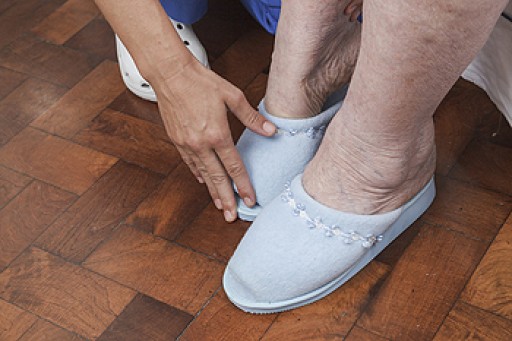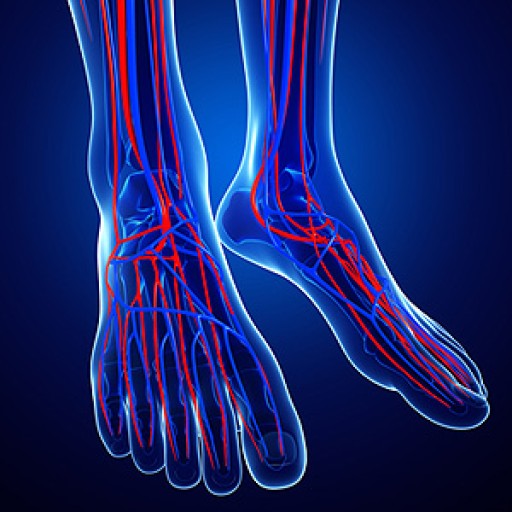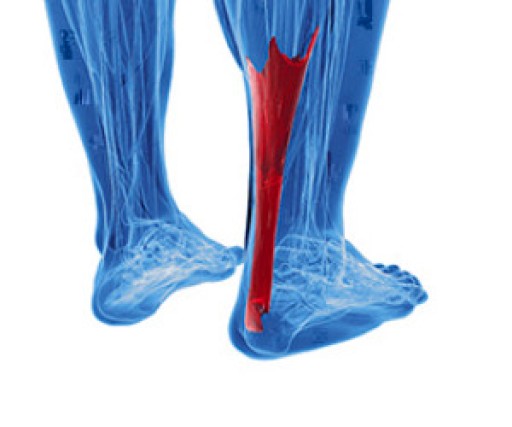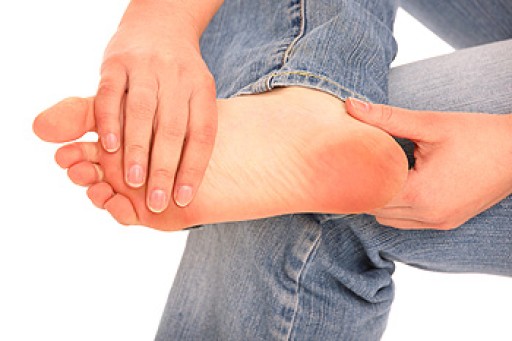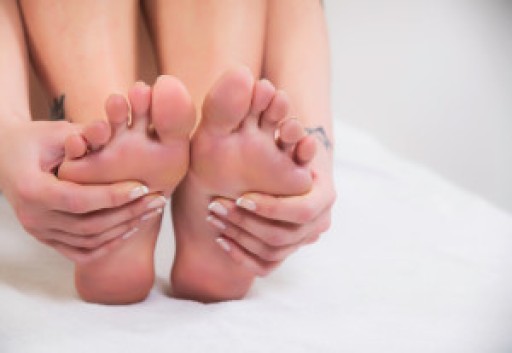 The elderly are especially vulnerable to foot problems, as they may have difficulty caring for their own feet. If you are a caregiver to an elderly person, you should be aware of proper foot care practices. Examining the feet regularly for wounds, cuts, scrapes, sores, swelling, or discoloration, as well as asking your loved one if they are experiencing any foot pain, is vital for prevention and early detection of potentially serious foot problems. It is also important to help your loved one maintain good hygiene in regards to their feet. This can be accomplished by washing the feet and then thoroughly drying them on a daily basis. Elderly people may be prone to ingrown toenails. To prevent this, it is suggested that you trim the toenails regularly, cutting straight across and keeping the length to approximately the tips of the toes. To learn more about how you can help a loved one care for their feet, please consult with a podiatrist.
The elderly are especially vulnerable to foot problems, as they may have difficulty caring for their own feet. If you are a caregiver to an elderly person, you should be aware of proper foot care practices. Examining the feet regularly for wounds, cuts, scrapes, sores, swelling, or discoloration, as well as asking your loved one if they are experiencing any foot pain, is vital for prevention and early detection of potentially serious foot problems. It is also important to help your loved one maintain good hygiene in regards to their feet. This can be accomplished by washing the feet and then thoroughly drying them on a daily basis. Elderly people may be prone to ingrown toenails. To prevent this, it is suggested that you trim the toenails regularly, cutting straight across and keeping the length to approximately the tips of the toes. To learn more about how you can help a loved one care for their feet, please consult with a podiatrist.
Proper foot care is something many older adults forget to consider. If you have any concerns about your feet and ankles, contact Dr. Castillo from Bronx Foot Care. Our doctor can provide the care you need to keep you pain-free and on your feet.
The Elderly and Their Feet
As we age we start to notice many changes in our body, but the elder population may not notice them right away. Medical conditions may prevent the elderly to take notice of their foot health right away. Poor vision is a lead contributor to not taking action for the elderly.
Common Conditions
- Neuropathy – can reduce feeling in the feet and can hide many life-threatening medical conditions.
- Reduced flexibility – prevents the ability of proper toenail trimming, and foot cleaning. If left untreated, it may lead to further medical issues.
- Foot sores – amongst the older population can be serious before they are discovered. Some of the problematic conditions they may face are:
- Gouging toenails affecting nearby toe
- Shoes that don’t fit properly
- Pressure sores
- Loss of circulation in legs & feet
- Edema & swelling of feet and ankles
Susceptible Infections
Diabetes and poor circulation can cause general loss of sensitivity over the years, turning a simple cut into a serious issue.
If you have any questions please feel free to contact our office located in Bronx, NY . We offer the newest diagnostic and treatment technologies for all your foot and ankle needs.
